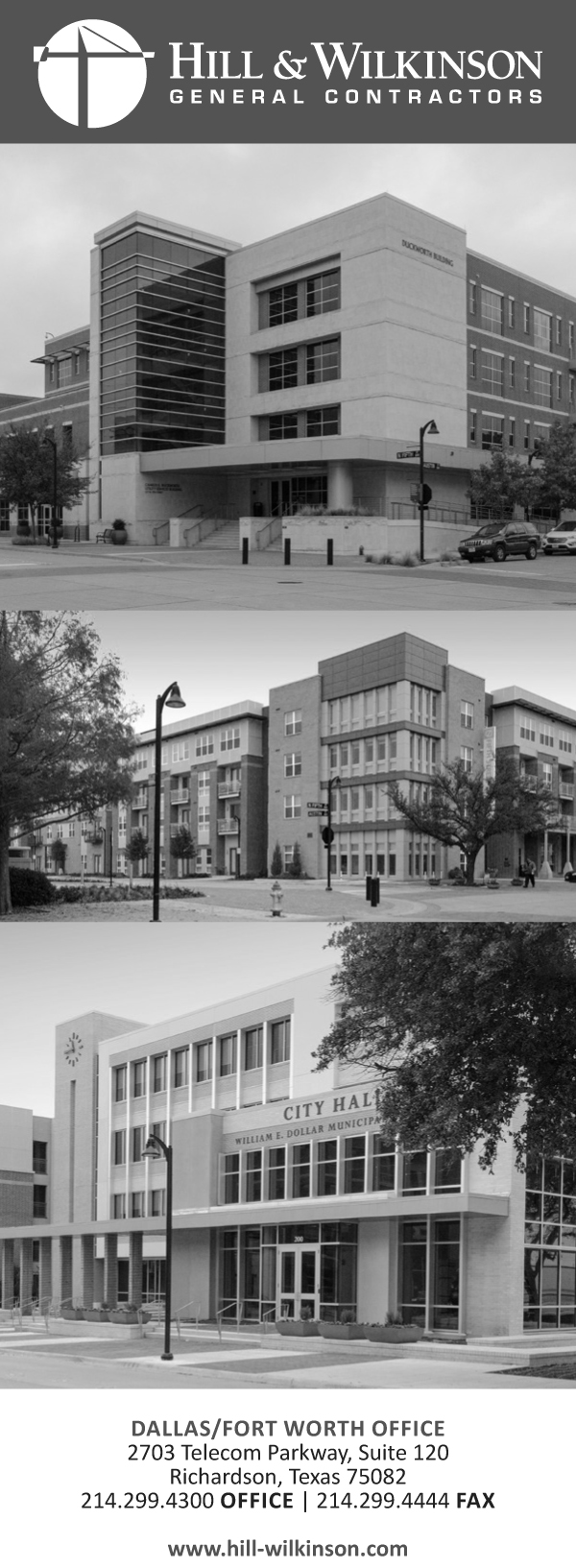From the Garland Local History & Genealogical Society, Volume 3-Number 1, April 1994
MORRIS, TEXAS
Author: Jim Wheat
Driving through the intersection of Miller and Centerville roads would not reveal the slightest existence of the once thriving settlement of Morris.
Morris, sometimes referred to as Morristown, was in existence as early as 1880, when the census records revealed a business-oriented community: Austin Morris occupied as a retail grocer, and in whose store the post office was probably located; Sam C. Payne employed in the flour and grist mill: William E. Wharton, an engineer of some type, possibly at the gin. The primary occupation in the Morris vicinity was, of course, farming, and appearing on the 1880 census in that profession were: R. Thomas Mills, George H. Brandenburg, John W. Davis, John H. Houston, Henderson Coyle, Joseph W. Harris, James and John Mills (retired farmers), J. Clark Jacobs, and Festus Tinsley. There were probably others, but it is impossible to determine geographical boundaries of Morris proper by examining the boundaries.
According to postal records, the settlement was originally known as Davis Mills, the name apparently derived from two prominent families in the area. When Austin Morris, the candidate for postmaster, applied for a post office, he entered the proposed name of China Grove. However, a change of mind obviously occurred, and China Grove became Morris, which the Post Office Department declared “established” on April 5, 1880.
The post office was discontinued on February 1st of the next year for reasons not recorded. However, it was re-established on October 18, 1882, when Benj. T. Travis was appointed postmaster, a position he held for over six years. Prior to re-establishment, a name change to “Davis Mills” was considered, but once again Morris proved unanimous.
In Polk’s State Gazeteer & Business Directory for 1884, Morris boasted the following businesses: Davis & Neuman’s gin and flour mill, S.N. McSpadden’s drugs, groceries and dry goods, and Wesson and Miller’s corn mill and general store. The population was given as 50.
Morris was of course not without schooling, which was in existence as early as 1880 as indicated by the number of “students” appearing on the census. School records in the Dallas county archives reveal that Sallie Embree was teaching in 1887; W.L. McCauley, 1888-1889 (with 57 pupils); Benj. T. Travis began in November 1889 with 54 pupils, and continued until as late as March 1891. Records were not found for the years 1892-1895. W.M Wyatt was teaching as early as December 1896, and continued as late as 1898. The Morris school district was combined with the Centerville district about 1901.
Benj. Davis stepped down as postmaster on December 14, 1888, probably to assume the duties of teaching school at Morris. Davis’s successor as postmaster was Benj. J. Harris, who in later years was a physician in Rowlett.
With the coming of the railroad through the area in the early 1880’s, and its bypassing of Morris by a fourth-of-a-mile, the decline of the settlement was imminent.
On February 19, 1889, the post office at Morris ceased to exist, and on the same day was transferred to the bustling community of Rowlett, two-and-a-half miles to the northeast.
The weather-beaten remains of the old Chiesa home place and the two millstones are the sole survivors of a way-of-life laid to rest by progress.

